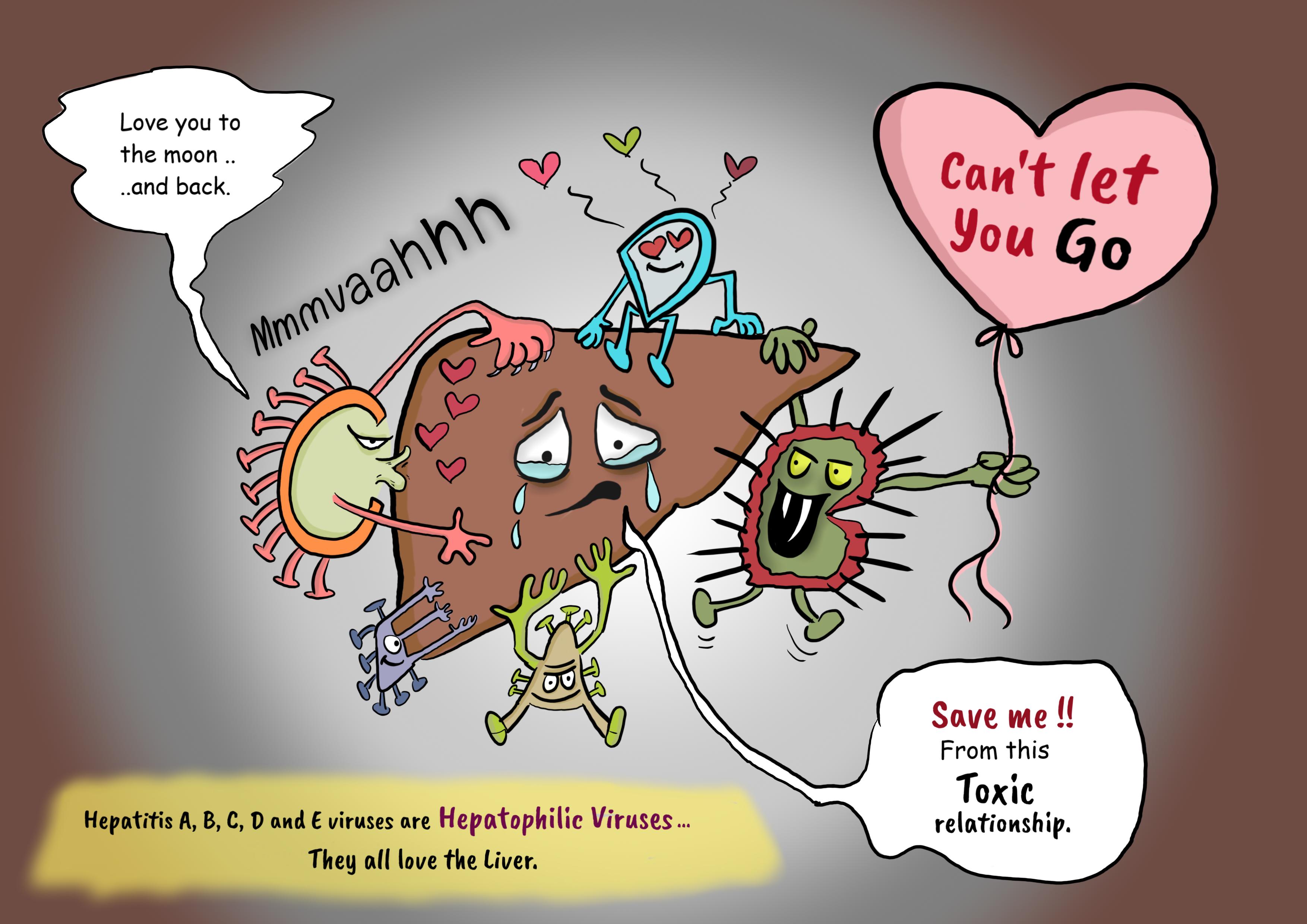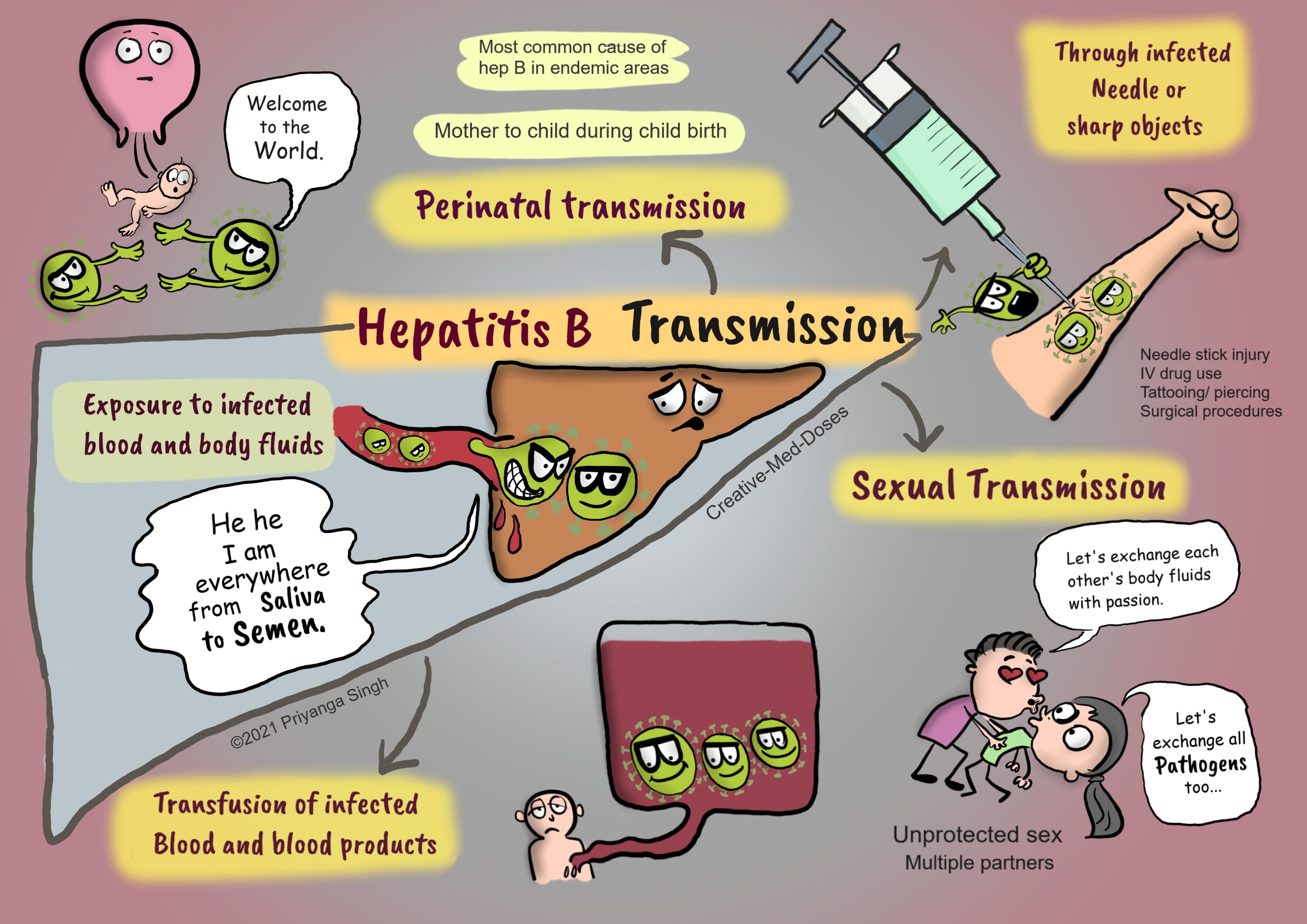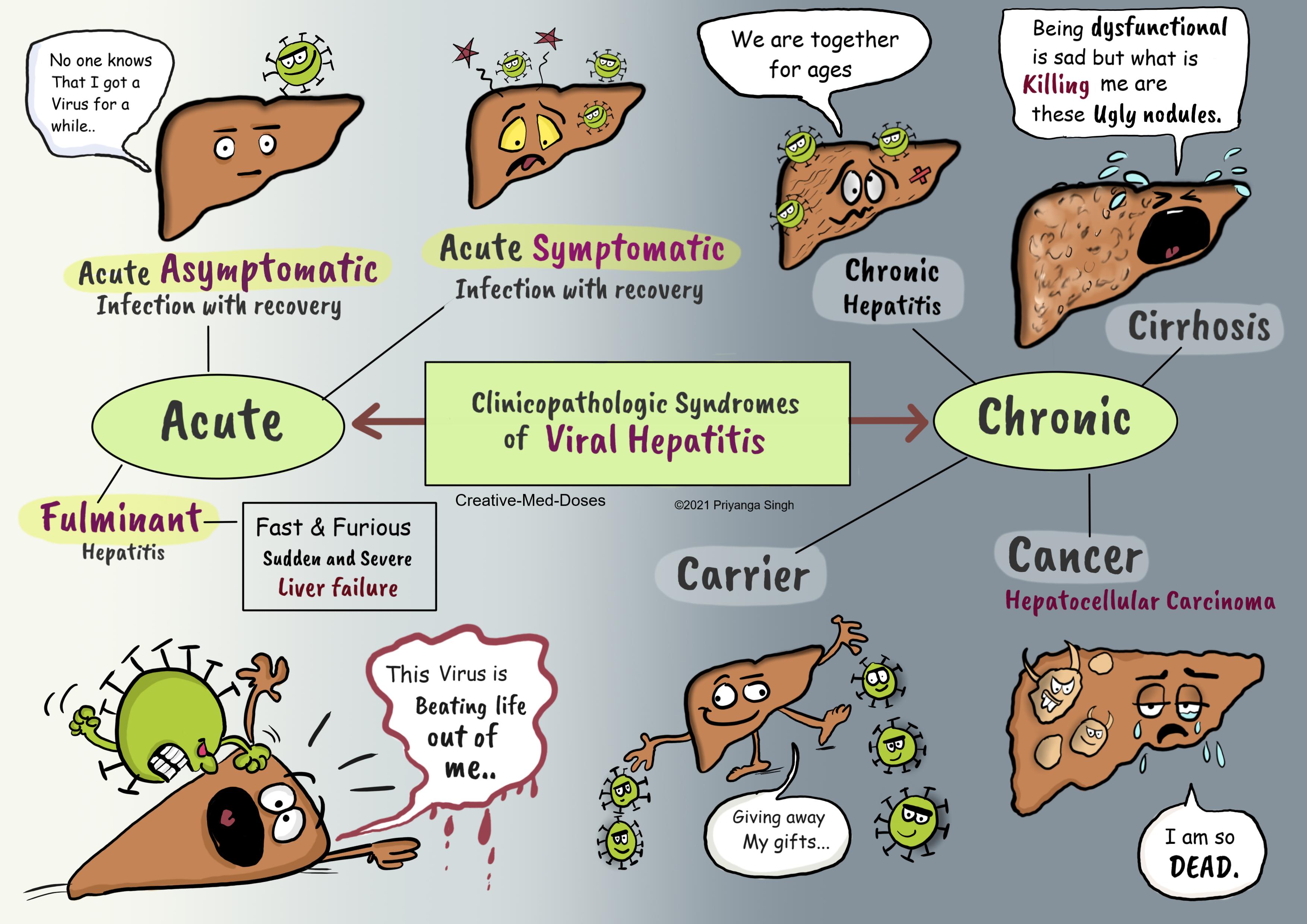Hepatitis B: transmission and Clinical presentation
Hepatitis B is a virus which attacks the liver and can cause acute or chronic disease. It is associated with hepatocellular carcinoma.
All Hepatitis viruses are hepatophilic viruses (they have an affinity for liver) and that is why they cause liver damage.

Transmission
Perinatal transmission
In highly endemic areas, hepatitis B is most commonly spread from mother to child at birth (perinatal transmission). The development of chronic infection is very common in infants infected from their mothers, or before the age of 5 years.
Through needles and sharp objects
The hepatitis B virus also spread by needlestick injury, tattooing, piercing and exposure to infected blood and body fluids, such as saliva and, menstrual, vaginal, and seminal fluids.
Sexual transmission
Sexual transmission of hepatitis B is common, particularly in unvaccinated men who have sex with men and heterosexual persons with multiple sex partners or contact with sex workers.
Transfusion of infected blood and blood products
The hepatitis B virus is present in blood and body fluid of the infected person. The transfusion of such person’s blood without screening can cause the infection.
The hepatitis B virus can survive outside the body for at least 7 days. During this time, the virus can still cause infection if it enters the body of a person who is not protected by the vaccine.
...

...
Clinicopathologic Syndromes of Viral Hepatitis
...

...
Acute
Acute Asymptomatic Infection with Recovery
Patients in this group are identified incidentally based on elevated serum transaminases or the presence of anti-viral antibodies. They don’t have symptoms.
Acute Symptomatic Infection with Recovery
These cases have an acute onset of symptoms like nausea, fatigue, yellow discolouration of the sclera, which resolves within a few days and patient recovers from the illness.
Fulminant Hepatic Failure
Fulminant hepatic failure is most commonly associated with hepatitis B and hepatitis A virus. There is sudden and severe liver damage which can lead to hepatic encephalopathy and death. Liver transplantation is the only option for patients whose disease does not resolve, as death from secondary infections and failure of other organs is otherwise inevitable.
Chronic
Chronic Hepatitis
Chronic hepatitis is a persistent or relapsing hepatic disease for more than six months. Most common symptoms are fatigue, malaise, loss of appetite and bouts of mild jaundice.
Cirrhosis
It is characterized by hepatic fibrosis, regenerative nodules and hepatic dysfunction.
Most common symptoms are fatigue, malaise, loss of appetite, pruritis and upper Gastrointestinal bleeding.
Carrier state
A carrier is an individual who is chronically infected with a hepatotropic virus and has no clinical evidence of liver disease. These individuals are reservoirs for infection, and they are called healthy carriers.
Cancer
The chronic inflammation caused by hepatitis virus is a known trigger for neoplastic transformation of hepatocytes. Hepatocellular carcinoma is associated with hepatitis B and C virus. Read more on HCC here Hepatocellular Carcinoma (HCC) - Creative Med Doses
Revision for today Aflatoxins and Hepatocellular carcinoma - Creative Med Doses
Buy fun review books here (these are kindle eBook’s you can download kindle on any digital device and log in with Amazon accounts to read them). Have fun and please leave a review.
https://creativemeddoses.com/books/